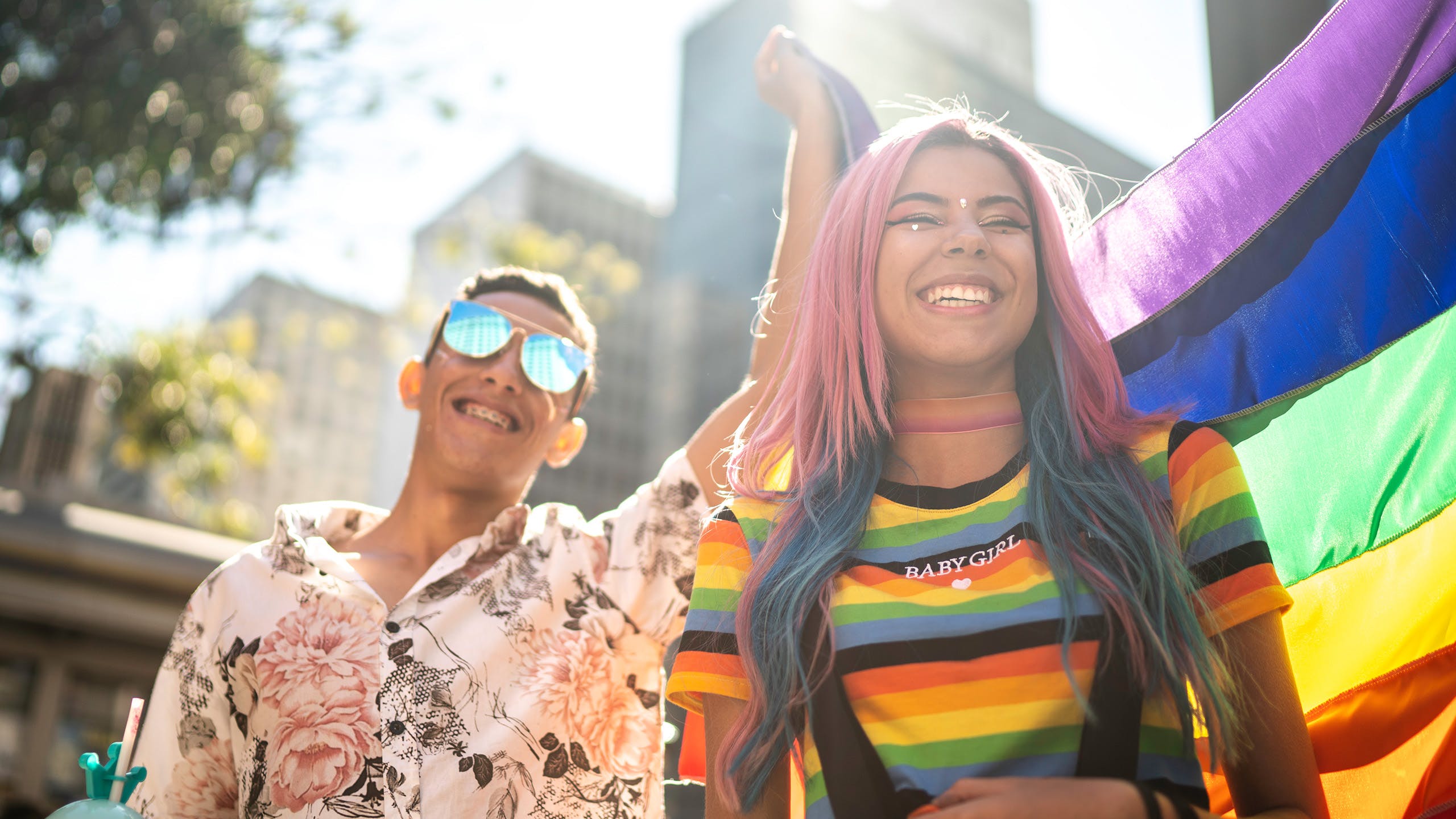[ad_1]
This month we saw the backlash Anheuser-Bush experienced after featuring Dylan Mulvaney, a transgender influencer with over 10 million followers, in Bud Light’s marketing.
To help us and our clients better understand how consumers felt about the backlash, we asked consumers what they knew about the “controversy” and how their purchase decisions may be influenced when a brand is called out for being “woke.”
Results from a CARAVAN survey fielded April 19-21 show that about one-third (31%) of consumers are aware of a brand being singled out for being “woke” in their marketing, with over half of those consumers (54%) volunteering that Bud Light is a brand that recently experienced criticism. Boomers (3.3 times) and White consumers (6.5 times) are likelier to report hearing of the events around Bud Light.
What impact does a brand being singled out for being “woke” have on overall perceptions of the brand? Like many politically charged issues in America today, we are a divided populous, with a sizable group of indifferent consumers. Half of consumers (50%) claim that a brand being “woke” does not impact their perceptions of the brand. The remaining 50% is split almost evenly between “woke,” creating positive perceptions (27%) and negative perceptions (24%). Regarding purchase interest, the pattern is similar, with higher disinterest among consumers- 53% say it does not impact their purchase decisions when a brand is called out as “woke.” Similarly to brand perceptions, about one-quarter (23%) say they are more likely to purchase a “woke” brand, while 24% say they are less likely to buy.
How does seeing a brand singled out for being “woke” impact your feelings towards that brand?
How does seeing a brand singled out for being “woke” impact your purchase intent of that brand?
Familiar patterns emerge when examining results among different demographic groups. Focusing on purchase intent, younger consumers (Gen Z and Millennials) are two times more likely than Gen X and Boomers to purchase a product called out for being woke. LGBTQ+ consumers are twice as likely as non-LGBTQ+ consumers to buy a “woke” brand. And LGBTQ+ have the highest purchase interest of the groups we examined.
Consumers’ opinions on purchasing a “woke” brand vary. Some consumers volunteered that they appreciate brands that align with their values support inclusivity, and address social issues. Others do not care about a brand’s stance on social issues and focus on product quality, price, and personal preferences. Some consumers dislike brands that engage in political or social discussions and may avoid purchasing from them.
Using Canvs.ai tools, we examined the emotions expressed by consumers. Not surprisingly, LGBTQ+ consumers expressed support 3.5 times more than non-LGBTQ+ consumers, which is why they are more likely to purchase a brand considered “woke.” Males who are less likely to buy a “woke” brand are almost four times more likely to express hate in their open-ended comments when asked why they are less likely to buy a “woke” brand.
The impact of this on Bud Light is starting to unfold. Sales of Bud Light are down. However, Anheuser-Busch’s stock is up month over month. Could it be that investors know, despite the wide news coverage, that the strong negative sentiment that drives consumers away from a brand is among a relatively small segment? Or perhaps they forecast another brand being placed in the crosshairs for something else while the news about Bud Light’s campaign fades into the background? Or will sales continue to decline, taking stock with it? With about 10%i of the market today (and 30% of Anheuser-Bush beer sales), a steady sales decline of Bud Light could hurt investor confidence.
As brands navigate issues of inclusivity in their advertising, brands will need to balance their values and the values of their target audience without alienating customers. Bud Light’s experience shows that this is easier said than done. Brands should check in with consumers to assess the impact of inclusive-minded brand activations, identify where backlash may come from, engage PR and communications to avert it, or modify the campaign to avoid it. Brands should not shy away from these types of campaigns, especially given the propensity for younger consumers to see the positive in brands’ efforts to be inclusive and represent the whole consumer market. However, the data shows that most consumers either do not care that a brand is “woke” or see it as a positive.
Written by David Albert, General Manager at Big Village Insights.
[ad_2]
Source link







